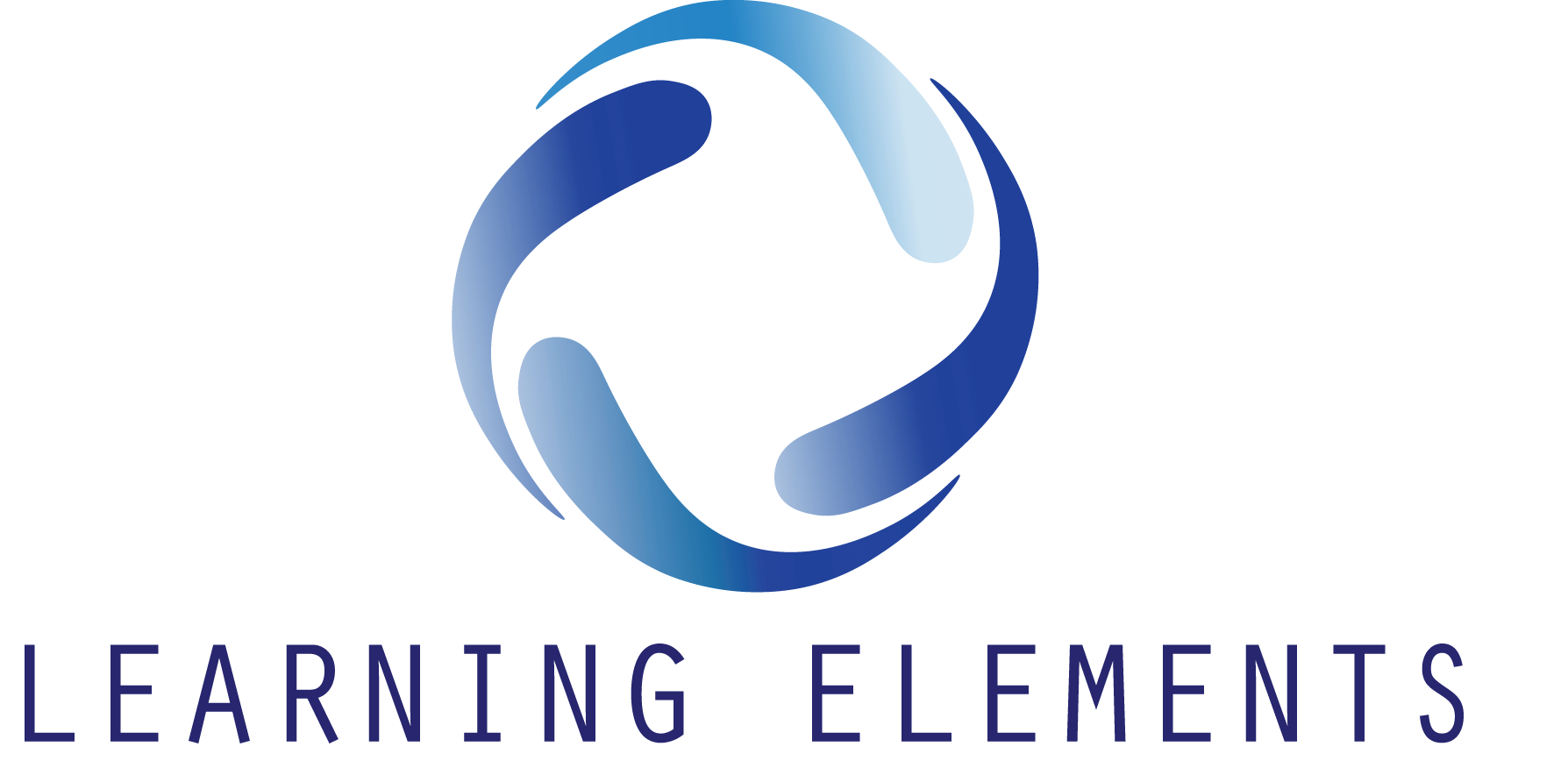Benefits of Conducting a Training Needs Analysis
Optimising your team’s skills and knowledge through Training Needs Analysis is crucial for enhancing your organisation’s performance and staying competitive. This article will help you understand the numerous benefits of Training Needs Analysis and how it can drive your team’s performance to new heights. By the end of this guide, you’ll be equipped with the knowledge to implement TNA effectively and witness the positive impact it can have on your team’s growth and your organisation’s success.
What is a Training Needs Analysis (TNA)?
A Training Needs Analysis (TNA), also referred to as a Training Needs Assessment, is a structured and systematic approach to gaining insights into critical aspects of your training program. This process involves evaluating existing knowledge, skills, and performance gaps within your organisation to pinpoint specific training and development requirements for your employees. TNA forms the cornerstone of creating and executing highly effective training initiatives, with the primary objective being identifying areas where strategic training interventions can enhance employee performance and contribute directly to your organisation’s overall success.
Benefits of Training Needs Analysis (TNA)
When it comes to achieving excellence within your organisation, performance is the key. A well-structured Training Needs Analysis (TNA) can be your compass on the path to improved performance, and here’s how:
–Tailored Training Programs:
One of the most significant advantages of TNA is its ability to customise training programs to address specific needs of different departments, teams, or individuals. Instead of adopting a one-size-fits-all approach, TNA pinpoints the exact areas where improvement is needed. This customization ensures that training is relevant, engaging, and effective. Consequently, you’ll witness a noticeable uptick in employee performance as they receive training that directly addresses their needs.
–Strategic Alignment:
TNA ensures that your training efforts align perfectly with your organisation’s strategic objectives. It acts as a guiding compass, helping you identify the precise skills and competencies required to achieve your strategic goals. This alignment ensures that your training investments are strategically directed towards areas that will have the most significant impact on your company’s success.
–Cost-Efficiency:
Every dollar counts, especially when it comes to training expenses. TNA plays a crucial role in ensuring that your training investments are both effective and efficient. By focusing on actual training needs rather than generic or irrelevant programs, organisations can avoid unnecessary training expenses. This means allocating resources where they matter most, leading to a significant reduction in wasted time and money.
–Employee Satisfaction:
Employee satisfaction is more than just a buzzword; it’s a cornerstone of a productive and harmonious workplace. TNA contributes to employee job satisfaction in a meaningful way. When employees receive training that directly addresses their individual needs, it communicates a sense of value and investment in their growth. This not only enhances their job satisfaction but also plays a vital role in employee retention. Satisfied and well-trained employees will likely stay with the organisation, reducing turnover rates and associated costs.
–Adaptation to Change:
TNA helps organisations adapt to these changes by identifying emerging skill requirements. Whether it’s adopting new technologies or responding to industry trends, TNA ensures that your workforce remains adaptable and resilient, ready to face new challenges head-on.
–Legal and Regulatory Compliance:
In certain industries, compliance with specific regulations and standards is non-negotiable. TNA is crucial to ensuring that your employees receive the necessary training to meet legal and regulatory requirements. This proactive approach can prevent legal issues, fines, and reputational damage.
–Measurable Results:
TNA empowers organisations to set clear training objectives and performance metrics. This makes it easier to measure the effectiveness of training programs and make data-driven decisions for continuous improvement. With measurable results, you can track progress and adjust your training initiatives for optimal outcomes.
Other Benefits of Training Needs Analysis
–Risk Mitigation: TNA can help organisations identify potential risks associated with inadequate training. By addressing these risks proactively, organisations can avoid costly mistakes and accidents.
–Knowledge Transfer: In cases where senior employees are retiring or leaving the organisation, TNA can identify critical knowledge and skills that need to be transferred to the next generation of employees, ensuring continuity and knowledge retention.
–Cultural Alignment: TNA can also be used to assess whether employees are aligned with the organisation’s culture and values. This can lead to a more cohesive and harmonious workplace.
–Global Competitiveness: For organisations operating in a global context, TNA can help ensure that employees have the necessary skills and cultural awareness to compete on a global scale.
–Innovation and Creativity: TNA can identify training needs related to innovation and creativity. Fostering these skills can lead to more innovative solutions and products.
–Customer Satisfaction: Well-trained employees are often better equipped to provide excellent customer service, increasing customer satisfaction and loyalty.
There are more benefits of Training Needs Analysis out there, like a competitive edge in a fast-paced business environment, but ultimately, the success of your organisation hinges on the performance of your workforce. TNA ensures that your team is well-trained and equipped to contribute to the organisation’s overall success.
The importance of TNA stems from the myriad of benefits it offers to organisations. TNA serves as the foundational process that empowers organisations to realise the above advantages.

How to Conduct a TNA
Now that we understand the importance and benefits of Training Needs Analysis, it’s time to know the practical aspects of conducting a TNA effectively. Here’s a step-by-step overview of the TNA process:
1. Identifying Objectives:
The first crucial step in conducting a TNA is to clearly define your objectives. What specific skills or knowledge areas are you looking to assess and develop within your workforce? This step sets the direction for the entire assessment process.
2. Data Collection:
Once your objectives are well-defined, it’s time to gather the necessary data. Data collection methods can include surveys, interviews, job observations, and performance evaluations. These methods help you obtain a comprehensive view of your employee’s current skills and knowledge.
3. Analysis:
With a wealth of data at your disposal, it’s time to roll up your sleeves and get analytical. The analysis phase involves examining the collected data meticulously. Your goal here is to identify skill gaps and training priorities. By pinpointing areas where your employees may be falling short, you can tailor your training efforts for maximum impact.
4. Design Training Programs:
Armed with a clear understanding of your employees’ training needs, it’s time to roll out the design phase. Based on the analysis, design training programs that specifically address the identified needs. These programs should be comprehensive, engaging, and tailored to your workforce. Consider various training modalities, from workshops and online courses to on-the-job training.
5. Implementation:
Once your training programs are designed, it’s time to put them into action. Ensure that the training is delivered effectively, focusing on engagement and knowledge retention. Track the progress of your employees and be ready to adapt the training as needed.
6. Evaluation:
Post-training evaluation is a critical phase of the TNA process. It involves assessing the effectiveness of the training programs. Did they bridge the skill gaps identified in the analysis phase? Did they contribute to improved performance? Use this feedback loop to continuously refine your training efforts.
7. Ongoing Assessment:
Training needs are not static; they can evolve with changes in your industry, technology, or organisational goals. Therefore, it’s essential to conduct regular TNA assessments to ensure your team remains properly trained and aligned with your organisation’s objectives.
When you choose us to facilitate training, the Learning Elements team will not only identify your workforce’s training needs but will also design and implement cutting-edge training programs. Our Training Design on Demand programs are meticulously crafted to empower your team, ensuring they thrive and excel in their respective roles.
Implementing TNA Findings
Conducting a Training Needs Assessment (TNA) is a valuable endeavour, but its true impact is realised when we effectively implement the findings. Here’s a closer look at how to put your TNA results into action:
Develop Tailored Training Materials:
Armed with the insights gained from your TNA, it’s time to create training materials that are tailored to your specific needs. Whether it’s comprehensive course content, informative workshops, or interactive e-learning modules, ensure that the materials resonate with your workforce’s unique requirements.
Choose Appropriate Training Methods:
The success of any training program hinges on the delivery method. Your TNA findings should guide you in selecting the most suitable training methods. Consider options such as workshops, online courses, or on-the-job training, depending on the nature of the skills or knowledge that needs development. The key is to ensure that the chosen methods effectively engage your employees and facilitate learning.
Monitor and Evaluate Effectiveness:
The journey doesn’t end with the delivery of training. Continuous monitoring and evaluation are critical aspects of implementing the TNA findings. Keep a close eye on how employees are responding to the training programs. Are they acquiring the desired skills and knowledge? Are performance improvements noticeable? By regularly assessing the effectiveness of your training initiatives, you can make real-time adjustments to optimise outcomes.
Feedback and Adaptation:
Effective implementation also entails creating a feedback loop. Encourage employees to provide input on the training they receive. This feedback can offer valuable insights into what’s working and what might need refinement. Be prepared to adapt your training methods based on this feedback, ensuring that your approach remains dynamic and responsive to evolving needs.
Measurement of Outcomes:
To gauge the overall impact of your TNA-driven training efforts, establish clear metrics for success. These metrics could include improved job performance, increased productivity, or enhanced employee satisfaction. Regularly measure these outcomes to determine the tangible benefits that stem from addressing training needs identified through the TNA.
It’s not just about identifying training needs; it’s about taking proactive steps to address them and elevate your workforce to new heights of competence and capability.
Maximising Organisational Potential Through TNAs
Individual Empowerment: The Impact of TNAs on Personal and Professional Growth
The advantages of undergoing a Training Needs Analysis cascade to the individual level within an organization. Individuals stand to gain from targeted training that hones their skills, elevates their competence, and bolsters their confidence, setting them on a path towards personal and professional growth.
Harnessing Team Synergy: Benefits of Training Needs Analysis for Teams
Within the collaborative dynamics of teams, TNAs serve as catalysts for cohesion and collective progress. By pinpointing skill gaps and knowledge deficiencies, teams can embark on targeted training journeys that harness their collective potential and optimise their effectiveness.
Benefits of Training Needs Analysis for Departments
At the departmental level, TNAs are instrumental in aligning skills and expertise with specific roles and responsibilities. This ensures that departments function seamlessly, with each member equipped to contribute optimally to the overarching goals and objectives.
Conclusion
Training Needs Analysis (TNA) is more than an HR procedure; it’s a strategic necessity for modern businesses. Its benefits are far-reaching, touching upon various aspects of your business, from enhancing employee performance and tailored training to fostering team unity and ensuring regulatory compliance. TNA empowers your workforce to perform at their best, nurturing innovation and maintaining competitiveness in a rapidly evolving landscape. It’s a tool that not only identifies areas for improvement but also aligns your training efforts with your overarching strategic objectives. By investing in TNA, you not only enhance your employees’ capabilities but also fortify your organisation for the future, ensuring it remains adaptable, innovative, and ready to confront tomorrow’s challenges. TNA is your steadfast path to sustained success in a fast-paced and ever-evolving business landscape. So, are you ready to unlock the benefits of conducting training needs analysis and take your team to new heights?


